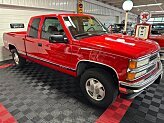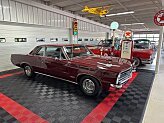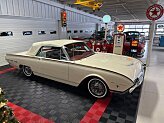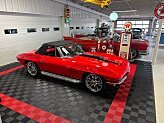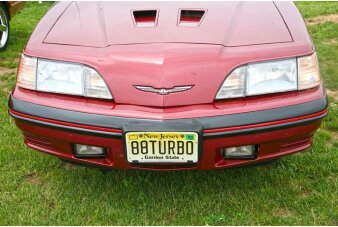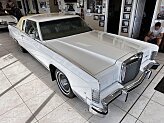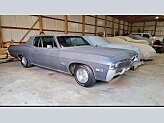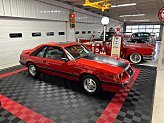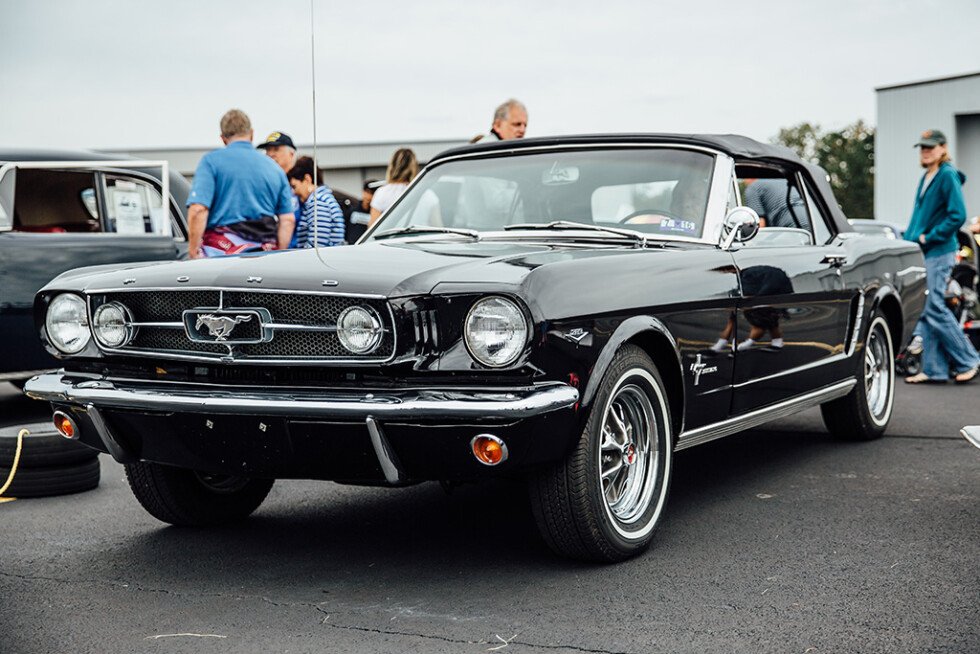Classic Cars: Know Where to Look for Trouble Areas Before Buying
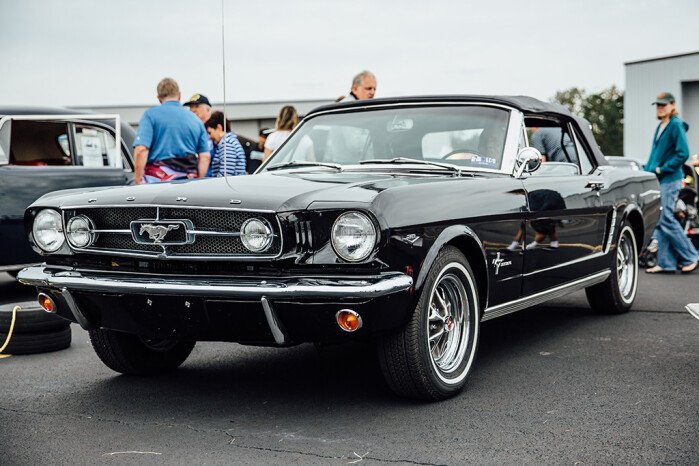
Author: Ron Moorhead
One of the top recommendations we and all classic-car experts make to prospective buyers is equally the most important: Research the make and model you're interested in buying, then research further. Learn all you can to determine what the trouble spots are and how to spot them. There are a few trouble areas common to most classic cars, but there are many that are vehicle type specific.
Two of the most obvious conditions that need to be checked are previous accidents and rust. The latter is one issue to avoid that we can't stress more. Rust can be the one issue that ruins even the most promising classic car affair.
If rust is present -- or existed at one point and was repaired -- on most classic cars or classic trucks, it will most commonly appear around the wheel wells, the "dog leg" at the bottom of the fenders, at the bottom of doors or on the door sill. Rust can wreak havoc on floor boards, at the truck floor and under the battery.
This is the reason we suggest carrying a small kit (small bright flashlight, small extendable mirror, magnet and a small notebook) with you whenever you inspect a possible purchase, so you can easily check trouble areas. You can use the magnet to check if the body surface is steel sheet metal or plastic body filler. The magnet will adhere quickly and solidly to a fender without filler, and less so depending on how much filler was used. We have seen cases where the magnet wouldn't stick at all.
Check the gaps at the doors, hood and truck -- anywhere there's a body part bolted to the main structure. If the gaps are fairly even and there are no huge discrepancies, it's a good bet the car hasn't been in a major accident. With some models, body gaps on older cars were not the best from the factory. However, they were usually fairly even, with no huge variances.
Many experts suggest if it is a rusty car once, it'll always be a rusty car. A minor rust bubble here or there might be acceptable, but if you can see the ground through the floor boards? That's not a good sign. Unless this is the very best deal you've ever seen, walk away.
One other item we suggest you include in your kit is a pair of disposable coveralls. They are inexpensive and quite useful for climbing under the vehicle to check for damage or needed repairs.
Look for under-car damage to a cross member or lower suspension components that could signal abuse. Here, again, rust can be ugly trouble at suspension attachment points. Always look for fluid leaks. Some minor oil, water or brake fluid leaks may not be an issue, but on the other hand, might signal major issues.
Take air cooled Volkswagen engines as an example. An oil leak at the main crankshaft seal might be nothing but a rubber seal. However, a leak here can also signal a cracked crankcase, which is a major engine repair.
Obviously, with such a large assortment of collectible and classic vehicles, it's imperative that you do your homework by researching each model as much as possible.
Published Mar 6th, 2018
